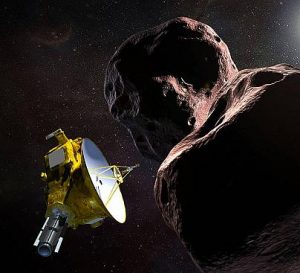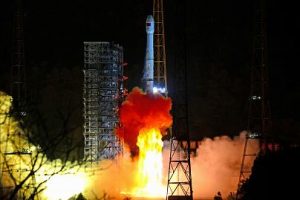In the past year, NASA landed a probe on Mars, China launched a spacecraft to the far side of the moon, and commercial spaceflight firms like SpaceX and Virgin Galactic made important strides in their quest to take their first paying passengers into space.
But if 2018 was a busy one for spaceflight, the coming year promises to be even busier. Among other things, the schedule includes a historic flyby of the most distant object ever visited, the debut of new astronaut capsules and the 50th anniversary of the Apollo 11 mission that put humans on the moon for the first time.
“It’s going to be incredibly exciting,” said Eric Stallmer, president of the Commercial Spaceflight Federation, an industry group in Washington. “I’m a huge student of history and I adore the whole Apollo era, but that was one of the early chapters, and we’re looking at the next chapters in the coming year.”
Here are the most noteworthy space events scheduled for 2019 (all launch dates are subject to change):
JANUARY
NASA’s New Horizons spacecraft conducts flyby of Ultima Thule

The New Horizons probe was designed to study Pluto. But after its successful rendezvous with the dwarf planet in 2015, the craft continued speeding along into the Kuiper Belt, a debris-filled region of the solar system beyond the orbit of Neptune. Here, at a distance of about 4 billion miles from Earth, New Horizons will zoom past the icy object 2014 MU69, which is nicknamed Ultima Thule, on Jan. 1.
The New Year’s rendezvous will make Ultima the most distant object ever visited by a spacecraft.
China makes first landing on the far side of the moon

On Dec. 7, China launched its robotic Chang’e 4 spacecraft on the world’s first mission to the far side of the moon. The robotic lander and the rover being carried on the craft could touch down as early as Jan. 1 within the South Pole-Aitken basin, one of the moon’s largest and oldest impact craters.
The Chang’e 4 mission is a prelude to a successor robotic mission, Chang’e 5, which is designed to return lunar samples to Earth.
Read more HERE
Ask me anything
Explore related questions





